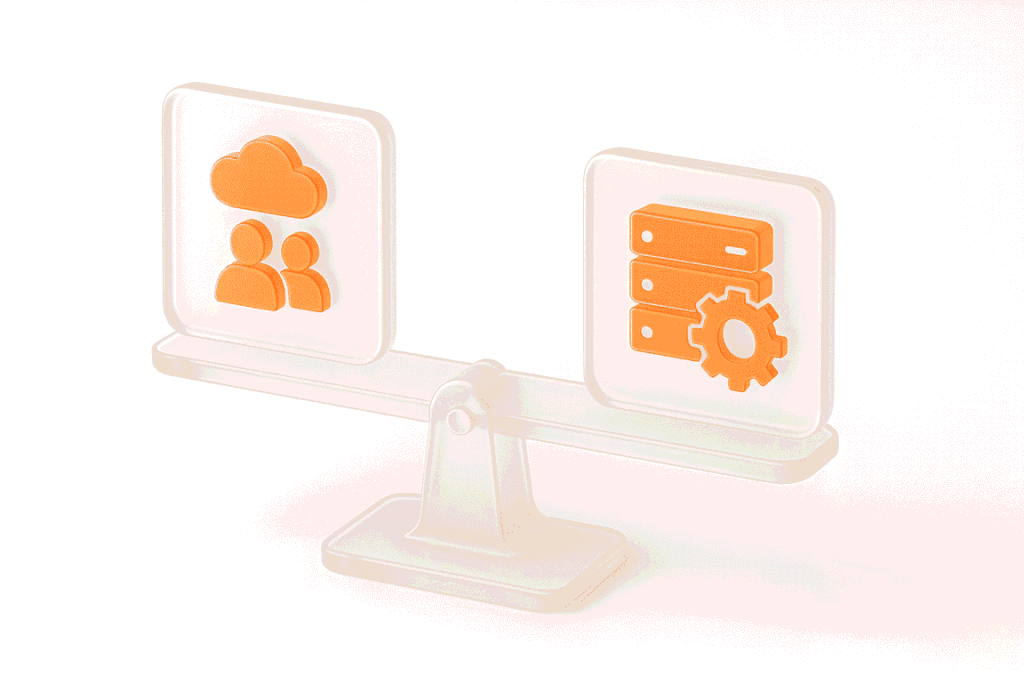User Acceptance Testing is a formal test that addresses the needs, demands, and business processes of the user. It is conducted in order to identify the system’s conformance to the acceptance criteria, and to provide the customer or other authorized party with an opportunity to accept or decline the system.
Related insights in in blog articles
Explore what we’ve learned from these experiences
More Blog ArticlesOutsourcing Application Load Testing vs. Doing It In-House

Your core applications carry the real weight of your business. They run the order flows, power partner integrations, handle accounts, and keep internal workflows moving. When these systems slow down under pressure, everything that depends on them starts to shake. So, when a big release, a migration, or a scaling project comes up, every team […]
15 min readProfessional vs. In-House Website Load Testing: Which One Do You Really Need?

Thriving in the fierce digital space is what every business strives for. While high-traffic events like targeted marketing campaigns, paid ads, product launches, and seasonal spikes certainly help win over customers and skyrocket sales, they also abruptly expose hidden website vulnerabilities to users. To assess website readiness for traffic surges and prevent weaknesses, such as […]
10 min readHow Website Performance Impacts E-Commerce Sales and Cart Abandonment

Every e-commerce store has mere milliseconds to make the right impression on shoppers. When prospects land on a product page, they assess every single metric, and e-commerce website performance and speed are the most critical ones. In most scenarios, impatient users will bounce instantly — at the slightest hint of latency caused by high loads […]
8 min read10 Signs Your Website Can’t Handle Traffic Spikes: Everything you need to know

Your campaign goes live, clicks start pouring in, and traffic shoots up fast. It’s the moment you’ve been waiting for, until everything slows down. Pages take ages to load, checkout freezes, and visitors disappear before they can buy. It’s a frustrating twist: the success of your marketing draws in more people than your website can […]
11 min read



